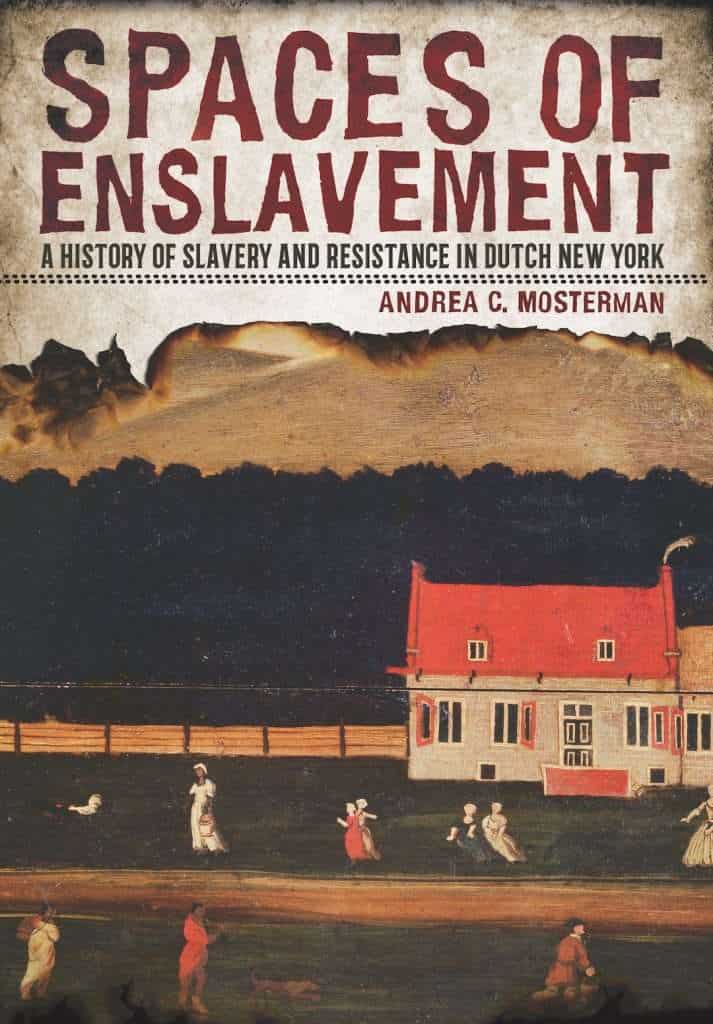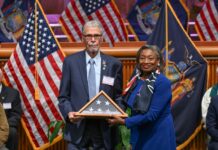
In her presentation, Andrea Mosterman will explore the history of slavery and resistance in Dutch New York. Through examination of Dutch American homes, Dutch Reformed churches, and public spaces in these predominantly Dutch American communities, she shows how Dutch American enslavers increasingly used their dominance over these spaces to control the people they enslaved, while enslaved people resisted such control by escaping or modifying these spaces and expanding their mobility and activities within them. Such close analysis of enslavement in these spaces reveals that by the mid-eighteenth-century slavery in New York was an advanced system of control.
Andrea Mosterman is associate professor in Atlantic History and Joseph Tregle Professor in Early American History at the University of New Orleans. In her work, she researches slavery and the slave trade in the Dutch Atlantic world with an emphasis on early New York. Her research has been published in various academic and public-facing publications. Her book Spaces of Enslavement: A History of Slavery and Resistance in Dutch New York (Cornell University Press, 2021), which won the 2020 Hendricks Award for best book-length manuscript relating to New Netherland and the Dutch colonial experience, uses spatial analysis to examine enslavement and resistance in New York’s Dutch communities. She is currently researching the voyage of the Dutch slave ship the Gideon and the seventeenth-century Dutch Atlantic slave trade with North America.
This virtual program is hosted online via WebEx. It is free to the general public, but registration is required. Register at www.philipsemanorhall.com/programs-and-events.
Philipse Manor Hall State Historic Site, located at 29 Warburton Ave., Yonkers, NY, 10701, is open for tours Wednesdays through Sundays, 10:00 a.m. to 5:00 p.m. Dating back to the 1680s, Philipse Manor Hall State Historic Site sits near the confluence of the Nepperhan (Saw Mill) and Hudson Rivers, the site of a Munsee Lunaape village. Used by four generations of the Philipse family and worked by the people they enslaved and European tenant farmers, the Philipse Manor was once over 200,000 acres and helped make the Philipse family the richest in New York. Loyalists during the American Revolution, they fled to England and the Hall was owned by several individuals before becoming the Yonkers Village Hall and later Yonkers City Hall. When a new City Hall was built in the early 20th century, the house was preserved through the generosity of Eva Smith Cochran and donated to New York State to serve as a historic site. Today, Philipse Manor Hall State Historic Site provides visitors with a balanced approach to interpreting the lives of Indigenous, European, and African people to understand the complex relationships that took place at the Manor from the earliest days of the Dutch Colony of New Netherland to the American Revolution and beyond. Learn more at Philipse Manor Hall’s Virtual Wing at www.philipsemanorhall.com.





